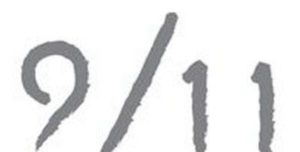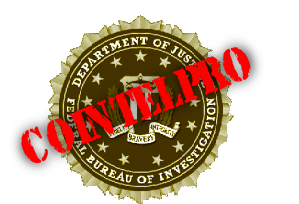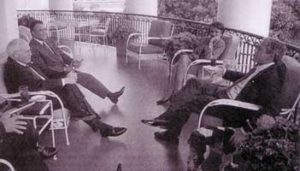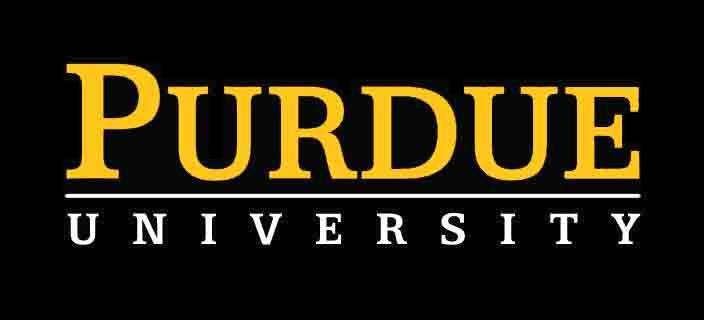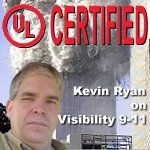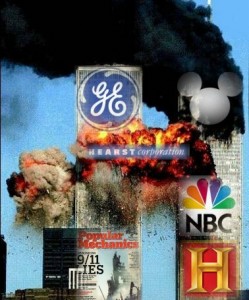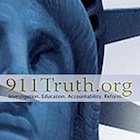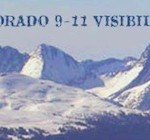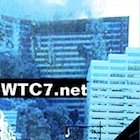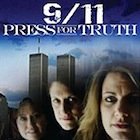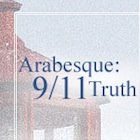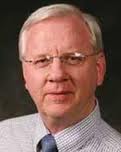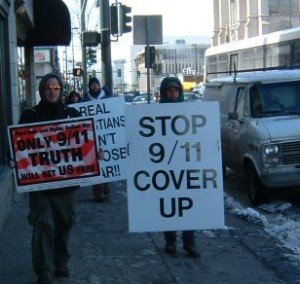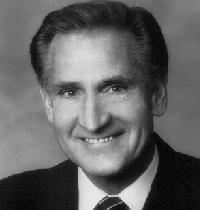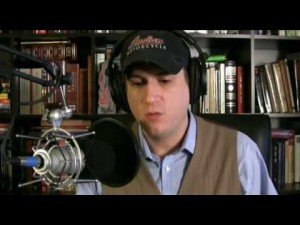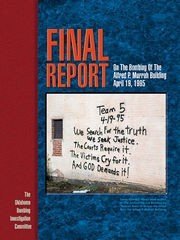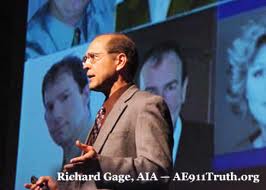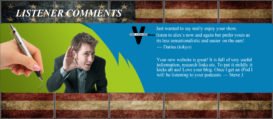Source: rawstory.com
Larisa Alexandrovna
Published: Thursday February 28, 2008
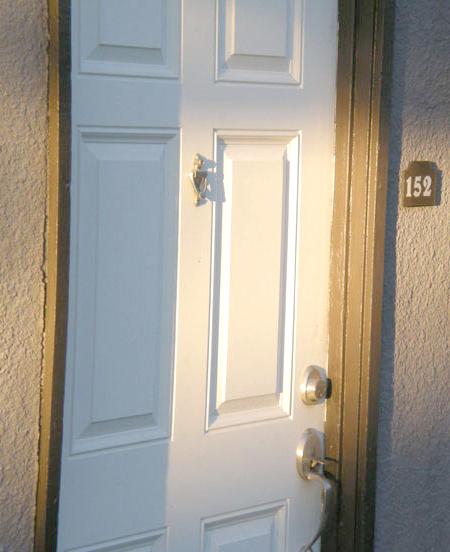 Hijacker had post-9/11 flights scheduled, files say
Hijacker had post-9/11 flights scheduled, files say
Newly-released records obtained through a Freedom of Information Act request contradict the 9/11 Commission’s report on the Sept. 11, 2001 attacks and raise fresh questions about the role of Saudi government officials in connection to the hijackers.
The nearly 300 pages of a Federal Bureau of Investigation timeline used by the 9/11 Commission as the basis for many of its findings were acquired through a FOIA request filed by Kevin Fenton, a 26 year old translator from the Czech Republic. The FBI released the 298-page “hijacker timeline” Feb. 4.
The FBI timeline reveals that alleged hijacker Hamza Al-Ghamdi, who was aboard the United Airlines flight which crashed into the South Tower of the World Trade Center, had booked a future flight to San Francisco. He also had a ticket for a trip from Casablanca to Riyadh, the capital of Saudi Arabia.
Though referenced repeatedly in the footnotes of the final 9/11 Commission report, the timeline has not previously been made available to the public.
The FBI timeline is dated Nov. 14, 2003 but appears to have been put together earlier (since the last date mentioned in the document is Oct. 22, 2001) and was provided to the 9/11 Commission during its 2003 investigation. The final Commission report cites the FBI timeline 52 times.
Post Sept. 11, 2001 flights
The FBI timeline reveals that Al-Ghamdi, the alleged United hijacker, was booked onto several flights scheduled for after the 9/11 attacks, a piece of information not documented in the Commission’s final report. According to the FBI timeline, Al-Ghamdi was booked on another United Airlines flight on the very day of the attack.
On page 288 under an entry pertaining to “H AlGhamdi,” the FBI timeline reads: “Future flight. Scheduled to depart Los Angeles International Airport for San Francisco International Airport on UA 7950.”
The timeline similarly documents Al-Ghamdi’s bookings for several other post 9/11 flights, including one on Sept. 20, 2001 from Casablanca, Morocco to Riyadh, Saudi Arabia and another on Sept. 29, 2001 from Riyadh to Damman, Saudi Arabia. (FBI Timeline 2, p. 296 under “H Alghamdi”)
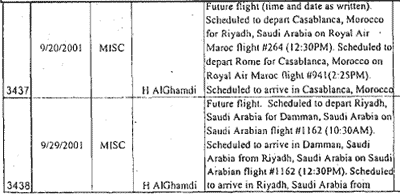
The Saudi connection
In January 2000, then-FBI Director Louis Freeh and CIA Director George Tenet attended regular briefings as Malaysian intelligence conducted surveillance of a “terrorist summit meeting” in Kuala Lumpur. Among the attendees were Nawaf al-Hazmi and Khalid al-Mihdhar, two men who would later allegedly hijack American Airlines Flight 77 and crash it into the Pentagon.
A week after the Malaysian summit, al-Mihdar and al-Hazmi traveled to the United States. According to the 9/11 Commission report, they arrived in Los Angeles on Jan. 15 and “spent about two weeks there before moving to San Diego.” (9/11 Commission report, p. 215, chapter 7). The footnote for this item shows that the Commission relied on a different FBI report, “‘Summary of Pentbom Investigation,’ Feb.29, 2004 (classified version), p.16.”
But the FBI timeline contradicts this claim, placing the alleged hijackers in San Diego with specific details. According to the timeline, the two men resided in Apartment 152 at Parkwood Apartments, San Diego, from Jan. 15 through Feb. 2, 2000.
“A rental application shows that before renting Apartment 150 Parkwood Apartments on 02/05/2000, AL-MlHDHAR and Nawaf Alhazmi alleged that they resided with [REDACTED] from 01/15/2000 to 02/02/2000 at Apartment 152 of the same apartment complex,” page 52 of the FBI timeline reads.
Two pages later, the same apartment complex is noted again, this time with its full address: “AL-MIHDHAR and Nawaf Alhazmi resided at Parkwood Apartments, located at 6401 Mount Ada Road, Apartment 150, San Diego, CA. [REDACTED] was the co-signor and guarantor on the lease agreement for this apparement. The rental application shows that before renting Apartment 150, AL-MIHDHAR and Nawaf Alhazmi resided with [REDACTED].” (A photograph of apartment 152 appears atop this article. An image of apartment 150 appears on page 2.)
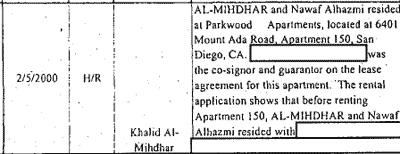
Why did the Commission use an alternate source for the whereabouts of the two men, when the FBI’s own timeline said they were in San Diego by Jan. 15, the same day as their arrival in the US?
Paul Thompson, author of the The Terror Timeline: Year by Year, Day by Day, Minute by Minute: A Comprehensive Chronicle of the Road to 9/11–and America’s Response, has been wading through the FBI timeline since its release. His preliminary analysis can be found at the website of the History Commons (formerly known as the Center for Cooperative Research).
Thompson believes that the possible motive for the Commission to alter the dates is to obscure official Saudi ties to the hijackers.
He points to the redaction of the name of a person who is a known employee of a Saudi defense contractor, Omar al-Bayoumi, who lived at the same location.
“We know it’s Bayoumi,” said Thompson, “because after 9/11, the Finnish Government mistakenly released a classified FBI list of suspects that showed Bayoumi living in apartment #152 of Parkwood Apartments.” That information is available here.
“But also important is that it strongly suggests that the hijackers already had a support network in Southern California before they arrived,” Thompson continued.
“In the official version of the story now, the hijackers drift around L.A. listlessly for two weeks before chancing to come across Bayoumi in a restaurant [according to Bayoumi’s account],” Thompson added. “Whereupon he’s an incredible good Samaritan and takes them down to San Diego, pays their rent, etc.”
”But from the FBI’s timeline, we now know the hijackers started staying at Bayoumi’s place on Jan. 15 – the very same day they arrived,” Thompson says. “So obviously they must have been met at the airport and taken care of from their very first hours in the US. That’s huge because the FBI maintains to this day that the hijackers never had any accomplices in the US.”
Robert Baer, a former CIA case officer in the Middle East whose See No Evil: The True Story of a Ground Soldier in the CIA’s War on Terrorism became the inspiration for the award winning film Syriana, concurs with Thompson’s view.
READ THE DOCUMENTS: PDF pages 1-105, PDF pages 106-210, PDF pages 211-297.
Page 2: FBI documents contradict 9/11 Commission report
Source: rawstory.com
Larisa Alexandrovna
Published: Thursday February 28, 2008
Who is Bayoumi?
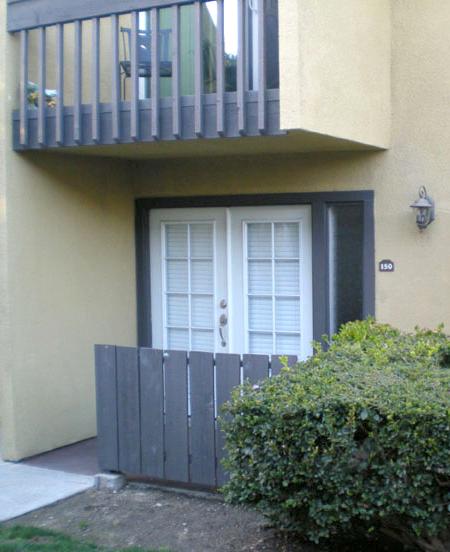 Much has been reported about Omar al-Bayoumi and his alleged relationship with the government of Saudi Arabia. In his recent book, The Commission: The Uncensored History of the 9/11 Investigation, New York Times reporter Phillip Shenon discusses at length the questions surrounding Bayoumi and his ties to the Saudi government.
Much has been reported about Omar al-Bayoumi and his alleged relationship with the government of Saudi Arabia. In his recent book, The Commission: The Uncensored History of the 9/11 Investigation, New York Times reporter Phillip Shenon discusses at length the questions surrounding Bayoumi and his ties to the Saudi government.
“Bayoumi seemed clearly to be working for some part of the Saudi government,” Shenon wrote on page 52. “He entered the United States as a business student and had lived San Diego since 1996. He was on the payroll of an aviation contractor to the Saudi government, paid about $2,800 a month, but apparently did no work for the company.”
In fact, Bayoumi was an employee of the Saudi defense contractor Dallah Avco. According to a 2002 Newsweek article about Bayoumi, Dallah Avco is “an aviation-services company with extensive contracts with the Saudi Ministry of Defense and Aviation, headed by Prince Sultan, the father of the Saudi ambassador to the United States, Prince Bandar.”
Newsweek points to another connection between Bayoumi and Bandar: “About two months after al-Bayoumi began aiding Alhazmi and Almihdhar, NEWSWEEK has learned, al-Bayoumi’s wife began receiving regular stipends, often monthly and usually around $2,000, totaling tens of thousands of dollars. The money came in the form of cashier’s checks, purchased from Washington’s Riggs Bank by Princess Haifa bint Faisal, the daughter of the late King Faisal and wife of Prince Bandar, the Saudi envoy who is a prominent Washington figure and personal friend of the Bush family. The checks were sent to a woman named Majeda Ibrahin Dweikat, who in turn signed over many of them to al-Bayoumi’s wife (and her friend), Manal Ahmed Bagader. The Feds want to know: Was this well-meaning charity gone awry? Or some elaborate money-laundering scheme? A scam? Or just a coincidence?”
According to then-Sen. Bob Graham (D-FL), who served as a co-chair of the 9/11 Congressional inquiry that preceded the 9/11 Commission, during the period of Alhazmi and Almihdhar’s arrival in the US, Bayoumi had an “unusually large number of telephone calls with Saudi government officials in both Los Angeles and Washington.” (Graham and Nussbaum, 2004, pp. 168-169)
Bayoumi moved to London in 2001 and lived there until his arrest immediately after the Sept. 11 attacks. Following his release, Bayoumi returned to Saudi Arabia, where he was interviewed in October 2003 by the Executive Director of the 9/11 Commission, Philip Zelikow, and Senior Counsel Dieter Snell.
Snell did not respond to requests for comment; Zeilkow could not be reached.
According to Shenon, several staff members working under Snell, “felt strongly that they had demonstrated a close Saudi government connection,” based on “explosive material” on al-Bayoumi and Fahad al-Thumairy, a “shadowy Saudi diplomat in Los Angeles.”
Shenon recounts how Snell, in preparing his team’s account of the plot, purged almost all of the most serious allegations against the Saudi government and moved the “explosive” supporting evidence to the small print of the report’s footnotes. (The Commission, pp. 398-399)
Two commission investigators who were working on documenting the 9/11 plot, Michael Jacobsen and Raj De, argued that it was “crazy” to insist on 100 percent proof when it came to al-Qaeda or the Saudi regime. In the end, however, and with a publishing deadline looming, Snell’s caution and Zelikow’s direction buried apparently promising leads.
In similar fashion, 28 pages of the Joint Inquiry Report produced by Congress — an entire chapter outlining evidence of Saudi and other state sponsorship — were redacted.
Baer has additional questions.
“Considering that the main body of evidence came from tortured confessions, it’s still not entirely clear to me what happened on 9/11,” Baer said. “Among other questions [I have]: Why did [Prince] Bandar’s wife sent money to Bayoumi? What are Bayoumi’s links to the Sultan? How were the 15 Saudis [among the 19 hijackers] selected to carry out the attack? Who fed the credit card used by Abu Zubayda? What happened to Abu Zubayda’s telephone bills? Who was he calling in the U.S? None of these questions are unreasonable nor would answering them violate intelligence sources and methods.”
In a recent review of Shenon’s book, former Democratic senator and 9/11 Commission member Bob Kerrey called on Congress to investigate alleged Saudi ties.
“Congress should demand direct access to those who organized the attacks; our indirect interviews were at best inadequate,” Kerrey wrote. “And Congress should pursue [the] question of whether the Saudi government aided the conspiracy.”
Kerrey declined to comment for this article. Other Commission members did not respond to requests for comment.
